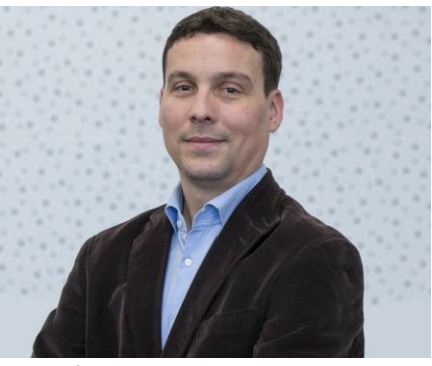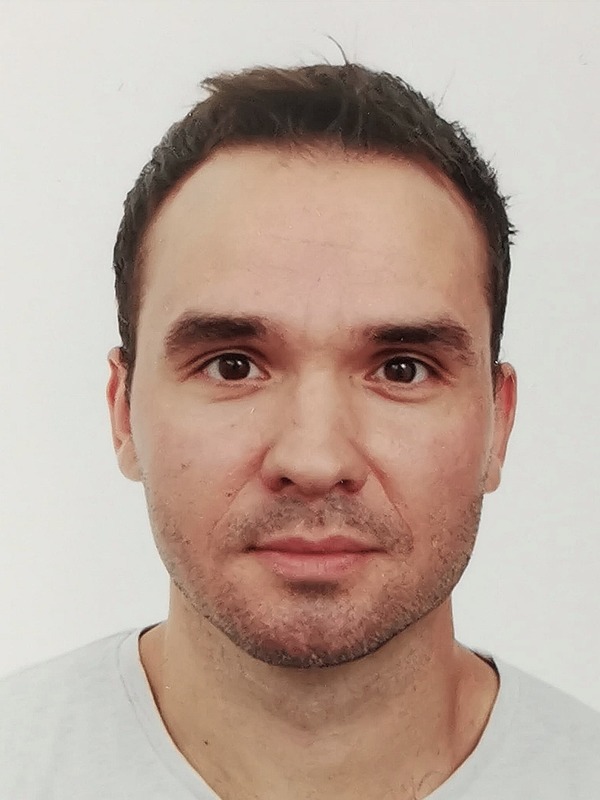Odjel za tehniku u medicini i biologiji
Odjel za tehniku u medicini i biologiji (EMB18) Hrvatske sekcije IEEE i Hrvatsko društvo za medicinsku i biološku tehniku pozivaju vas na predavanje
"Linear Variation Analysis of Intracardiac Atrial Impedance During Internal
Cardioversion using Rectilinear Waveforms and Energy Step-Up Protocol"
koje će održati profesor Omar Escalona, University of Ulster, Sjeverna Irska, Ujedinjeno Kraljevstvo.
Predavanje će se održati u petak 20. rujna 2013. u 12:00 sati u dvorani D-160 Fakulteta elektrotehnike i računarstva, Unska 3. Predviđeno trajanje predavanja je 45 minuta.
Sažetak predavanja i kratki životopis predavača nalaze se u nastavku obavijesti.
Linear Variation Analysis of Intracardiac Atrial Impedance During Internal
Cardioversion using Rectilinear Waveforms and Energy Step-Up Protocol
Escalona OJ, et al.
University of Ulster and Royal Victoria Hospital Belfast, Northern Ireland
Abstract
The major determinants of success during internal cardioversion of atrial fibrillation (AF) are voltage, duration and intracardiac impedance (ICI). However, there is a paucity of published data regarding evidence of ICI dynamics during internal cardioversion of AF using very-low-tilt rectilinear (VLTR) waveforms with stepped energy protocols. In this study, patients with persistent AF were internally cardioverted using both biphasic and monophasic very-low-tilt rectilinear (B-VLTR and MVLTR) waveforms with a step up energy protocol (50V to 300V). The ICI of patients who had more than 4 shocks delivered were retrospectively analyzed from recorded voltage and current waveforms. A significant reduction in ICI was noticed after each of the first shocks using B-VLTR. The linear change of ICI within a shock, as characterized by its slope (Zm), increased in algebraic value and presented polarity reversal between the positive and negative phase within a B-VLTR shock, particularly after the first shock, where both B-VLTR and M-VLTR presented positive 2nd derivatives. The results obtained provide valuable evidence for understanding electrode-tissue interface factors depending on VLTR defibrillation waveform amplitude, duration and current reversal action.
Biography (2012, 1-page bio)
Professor Omar Escalona
Director of the Centre for Advanced Cardiovascular Research (CACR)
University of Ulster
NIBEC Building, Shore Road
Newtownabbey BT37 0QB
Northern Ireland, UK
T: +44 (0)28 90366151
W: http://www.cacr.ulster.ac.uk/
EBcard: http://www.ulster.ac.uk/staff/oj.escalona.html
In 1980, Prof Escalona obtained BSc Hons Degree in Electronic and Electrical Engineering at University of Surrey, UK. His first post in 1981, was as Junior Lecturer at the Department of Electrical Engineering of the Armed Forces Polytechnic University of Venezuela. In 1986, the research work for my MSc Degree in Bio-Engineering in Cardiology at University Simón Bolívar (USB), Venezuela, resulted in his first journal publication. Continuing his research career in bioengineering, as a Research Assistant at NIBEC, University of Ulster (1988-1995), he worked on the development and clinical evaluation of a novel beat alignment technique for the process of signal averaging in electrocardiography. As part of his PhD research task he contributed to the development of a human database and a canine model database of high-resolution ECG, leading to the development of a novel technique, based on fractal analysis (fractal geometry), for the detection of patients at risk of sudden death. This innovation resulted in his first patent: “Analysis of Heart Waveforms”, US Patent # 5694942, dated 9/Dec/1997, with British Technology Group Ltd., as the assignee.
During post-doctoral research at NIBEC, he co-invented the instrumentation (stimulator) for atrial and ventricular pacing using a novel esothoracic electrode system. This enabled in 1994 a successful clinical research work at the Royal Victoria Hospital, Belfast, on esothoracic electrophysiological studies which included the Wellens protocol for testing VT inducibility without the use of x-ray screening, thus providing a minimally invasive method.
In Sep/1995 he moved to University Simon Bolivar (USB) as Associate Professor. There, he established the Biomedical Systems Laboratory and carried on further research work on the use of esothoracic electrophysiological studies on infants at Hospital Clinico Universitario de Caracas, and on the recovery of His bundle potential signals using the gastro-thoracic electrode system configuration and advanced signal processing techniques. At USB, his innovation on the use of the Hartley transform for ventricular late potential analysis in patients with Chagas disease was tested successfully. His research group at USB made important contributions to signal processing techniques for QRS cancellation in ECG atrial activity characterisation. He gained the Titular Professorship position at USB in Jul/1999.
During his sabbatical year at University of Ulster, NIBEC (2001-2002), he opened a research task on a novel application of Diamond Like Carbon (DLC) nanocomposite medical coating on Touhy needles used for epidurals. This needle technology could enable a novel bioimpedance positioning technique in epidural anaesthesia, providing a more reliable and better control on the positioning of the Touhy needle in order to avoid dura mater puncture. In Sep/2001, he was appointed as Visiting Professor at University of Ulster. In a second phase of my sabbatical year, he worked on a novel biphasic waveform for transvenous atrial defibrillation. Prof Escalona also did work in a safety study on atrial defibrillation in animal models using biphasic, asymmetrical and square shaped pulses. In the summer of 2003, he worked as a Consultant to Heartsine Technologies in Belfast, for the development of radio-frequency powered Passive Implantable Atrial Defibrillator (PIAD) using air-cored coupled coils for efficient transdermal wireless power transmission. In May 2006, he was appointed Coordinator of the Electronic Engineering Course at USB. In February 2007, he was appointed Professor and Director of the Centre for Advanced Cardiovascular Research (CACR) at University of Ulster.
Since 1986, he has published more than 90 articles in prestigious International Journals and Conference Proceedings, all in the area of Electrocardiology: http://eprints.ulster.ac.uk/view/author_or_editor/194.html
His present research interest is on:
1 - Body surface cardiac mapping
2 - Atrial defibrillation devices
3 - Atrial fibrillation ECG analysis
4 - High-resolution ECG waveform analysis in cardiovascular diabetology
5 - Wireless energy supply systems for artificial hearts (eg, LVADs).


